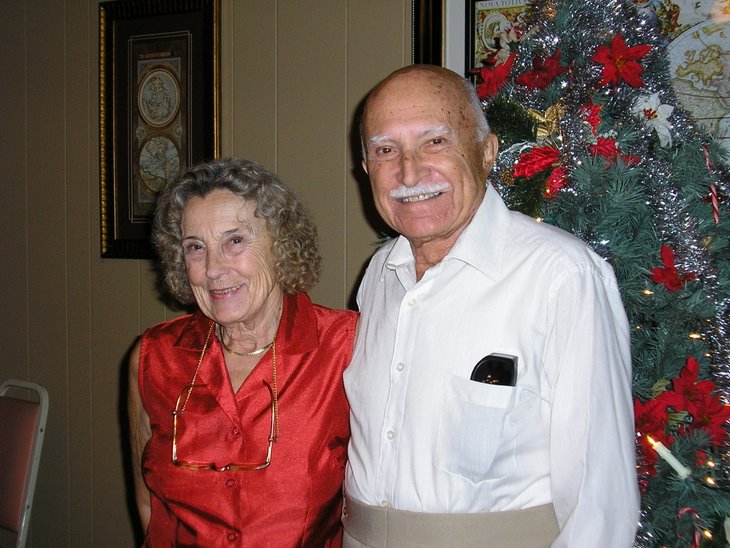To enable those icons in Windows XP, right click on your desktop and choose "Properties". Click on the Desktop tab and hit the Customize Desktop button. Next, under the General tab, check any of the icons you want to appear on your desktop. Click OK and you're all set!
To enable your icons in Windows Vista, right click the desktop and choose "Personalize", then choose "Change Desktop Icons". From here you'll be able to restore your old favorites from XP to your Vista desktop! Click OK and you're good to go!
Once you do that, they will all be returned to your desktop in full view.
I don't see a way to delete wallpaper
You can go to the wallpaper folder directly and delete from there. Here's how:
Usually the wallpaper folder is located at C:\WINDOWS\Web\WALLPAPER . If you don't find it, just do a search for "Wallpaper" and it will come up in the list.
Once you get to that folder, if you have Windows XP or Vista, change the view to "Thumbnail" so you can see all the pictures.
Hold down the Ctrl key and click the pictures you want to get rid of.
Tap your Delete key and, ZAP, they're gone.
Those little .bmp tiles are located somewhere else. Just head back to the C:\WINDOWS folder and follow the same procedure to get rid of them.
Some of the programs I use frequently on my computer seem to crash an awful lot. Is there anything I can do to prevent it?
First, if the problem is regularly repeated, you should take down some notes about your actions that led up to the crash. Try to remember your sequence of actions and write down everything you did up until the program quit. Make sure you take note of the contents of any error messages or other dialogue boxes that may have come up on your screen.
After you have everything written down, you're going to want to go to the program manufacturer's Web site. There you can look for a patch or an update that you might be missing that can solve the crashing problem. A lot of times, this is an easy answer. If the patch or update already exists, you can just take care of the problem right then and there. If it doesn't have a fix, you can try to find something by doing a search on the product's name, including some of the symptoms you are experiencing while using the program.
Another thing you can do is check your Window's event log. Windows often logs details about system and application crashes. To access the event log in Windows XP, right-click on your My Computer icon and choose Manage. Once there, look in the left pane and find Event Viewer. Go ahead and click on the little plus sign (+) to expand it. That will bring up three different sections: Application, Security and System. Choose Application. Once you do that, you will see a list of different actions in the right pane. There are quite a few of them, so I will give you some time to look over them.
For Windows Vista the process is similar. Click Start and then right-click "Computer" and select "Manage". Find the Event Viewer off to the left and expand the tree, then expand the "Windows Logs" tree as well. You may then choose Application to continue with the tip.
Once you're in, you will see a list of different actions in the right pane. There are quite a few, so I will give you some time to look over them.
Okay, now, if you see any that have a red X next to them, it means that your system found a serious problem with that particular application. When you double click on a red X, an Event Properties box will appear on your screen. This will give you some information on what happened to cause the application to error
Even though you have this, it may still be hard to decipher what's really going on. If that's the case, Microsoft has a database called Event ID that you can use to get more information. Go herefor Event ID
. You will have to enter all the information you know about the application and the problem to get a result. Once you have it all filled in, click on Go and you will be taken to an explanation.
Another place you can go (which seems to be more preferable) is EventID.net
No?, then let me show you how to delete the pre-installed games that come with Windows Vista, then! I can't think of any reason why one would want to get rid of stuff like Solitaire, Free Cell and Minesweeper, but then again I never play them, so there might be others out there that feel the same.
Here's the tip:
Go to Start>Control Panel and double-click “Programs andFeatures”.
Off to the left you'll see an option to “Turn Windows Features On or Off". Click on it,
Simply expand the “Games” tree, and un-check the ones you don't want anymore. You can always come back and re-install them later via this method, although you may need your Windows Vista install disk.

No comments:
Post a Comment